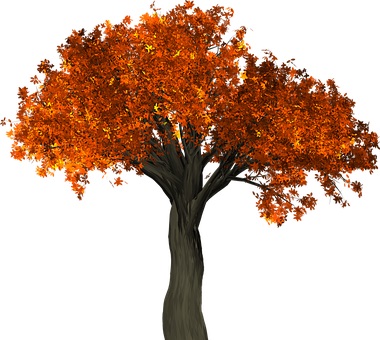How do we overcome this attachment? Not by burning incense, praying, or prostrating to the buddhas! Not by supernatural powers! The only way is to realize wisdom. Why is wisdom the only method that works? Because all three forms of attachment are basically manifestations of ignorance. Just as we use light, the opposite of darkness, to dispel darkness, we use wisdom, the opposite of ignorance, to dispel ignorance; all other methods are ineffective. Wisdom here denotes insight that fully apprehends impermanence, suffering, and selflessness. Although the practices on impermanence and suffering appear simple, they are essential to the path of liberation and must therefore be undertaken. By relying on these three types of wisdom, we can cut through the three forms of attachment that bind us to samsara. There is no reason liberation cannot be attained under the circumstance.
~Depicted from THE FOUR SEALS OF DHARMA - SUMMATION











